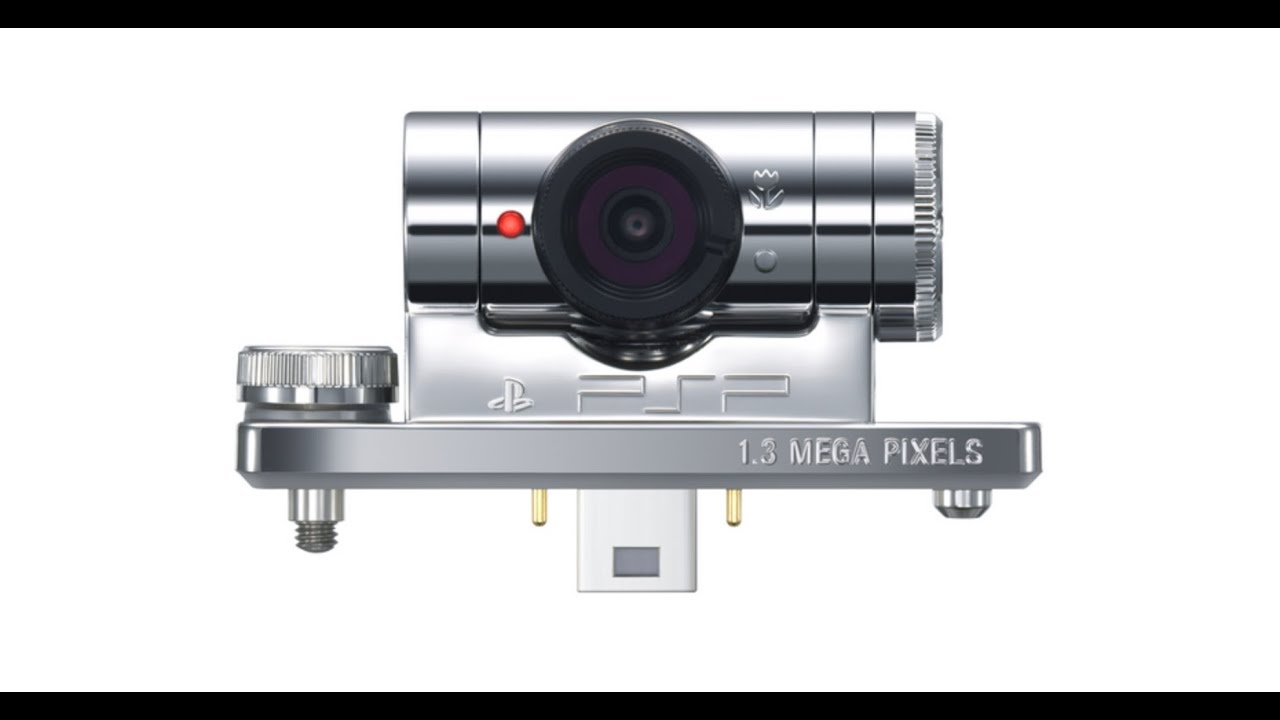News from the Camera front.
I finally had time to order
the camera I want to put inside the Pyra.
Good news:
1: Image Quality is OK. It's 5 MP and about as good as my Smartphone camera. Maybe not as good but no big difference.
2: It works out of the box on my Arch Linux with
GTK+ UVC Viewer
3: It's tiny and will fit into the Pyra lid (Pictures are attached. They are bad quality but it's only for size comparison)
Further steps:
1: Making it smaller
Can you see the white connector for the USB-cable (see the Amazon Link for good quality). Without it it'll fit into the Pyra lid pretty well
I'll remove it and solder the wires directly onto the PCB
2: Prepare the USB-Cable
I want the wires to be inside the Pyra. Therefore I need to remove the USB-Port and solder the wires directly to the USB 2.0 Port of the Pyra.
3: Add a switch
As I don't want to sacrifice my USB-Port I want to add a switch for the power wire and put it somewhere where it fits.
If it all works out well I'll have a camera inside the Pyra Lid that is connected via internal wires and can be enabled/disabled via a hardware switch.
The USB-Port will be usable as long as the camera is not turned on.
An alternative to the power line switch would be to place a hub between the Camera and the USB-Port.
The Advantage would be that the Camera and USB-Port can be used at the same time.
The disadvantage would be that I have to put all those wires and Cables inside the Pyra and that the Hub will drain more power.
Especially the later issue is what I don't want.
My question is:
Will it work as I've planed it? Especially the USB-Port.
I want 3 wires to be soldered to the port without a switch and only the Power line to have it.
AFAIK connected lines are simply dead wires as long as the camera does not have power and there won't be any interference with an other USB-Device plugged into the port.
If anyone wants to port GTK+ UVC Viewer (Source is in the Link above) to the Pandora I would try the camera with the Pandora.
At least there is a good chance now to get a camera into the Pyra if you want to.
Maybe I'll even offer to do the Modification for anyone if it works out well

(As long as you pay for it of course

)




